By: Hristo Hristov | Comments | Related: > Power Apps
Problem
This tip aims at getting you started with Microsoft's low-code platform Power Apps for business apps, automation, business processes and more to meet business needs. If you are completely new to it, this is a great way to get started.
Solution
Power Apps is Microsoft's answer to the call of the "citizen developer". This is a type of developer that has more experience in their respective professional domain (e.g. marketing, manufacturing, etc.) rather than with app development. Nowadays this trend is picking up due to the constant increase in both complexity and number of solutions and systems that a modern enterprise needs to operate with. This pace can make classical agile development more expensive. Even more, the overall digitalization trend requires investments that companies would want for automation and optimization. So, welcome citizen development, where the subject matter expert is both the business owner and the developer. And if you are a data professional, Power Apps can boost the quality and speed of delivery of complete solutions with a development platform to meet your business user needs. Let us examine some basics points that will help to get started.
How will Power Apps help me as a data professional?
Whether you are a BI analyst, Data Scientist or hold another client-facing role in the data and AI domain, Power Apps can help you deliver extra value to your clients with custom apps. Admittedly, even if you work deep behind the scenes you could leverage your development knowledge to build apps internally for your team.
Where do I find Power Apps and how do I engage with it?
Chances are you have an Office 365 account. If you do, it is more than certain that you have already have access to Power Apps in one of its two main "flavors":
- The standalone Power Apps platform. You can launch it from the Office 365 app launcher (the 9 dots on the top-left in O365):
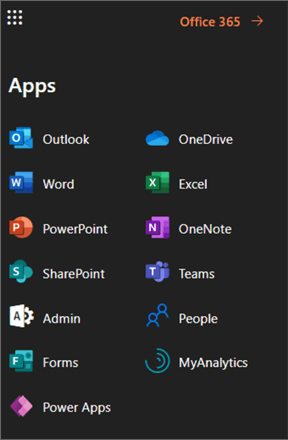
- and Power Apps in teams, accessible if you go to the Apps menu in MS Teams (the three dots on the app bar):

What is in it for me?
As a data professional you must serve the findings from the data you have been working on.
Power Apps can:
- Connect quickly and in a straightforward way to SQL Server (on-premises or Azure SQL) and visualize pre-aggregated data in a mobile app (called a canvas app, we will touch on that a bit later for Android and iOS mobile devices). You could aggregate or summarize your data in Power Apps itself thanks to the powerful Power Apps formula language.
- Visualize your data with the basic built-in charts (bar chart and pie chart). Custom charts are available to import into an app and provide more options.
- Embed Power BI dashboards in apps. This especially helpful scenario allows you to serve data from different reports and dashboards in one app. You could apply business rules and show certain dashboard based on some selection the user has made.
- Embed Power Apps onto a Power BI report. This is a powerful scenario that enables you to capture, for instance, user input right from the report at browse-time. The data from the input can be saved to any of the data sources mentioned earlier and brought back to the report.
What is the architecture or application that I need to get started?
Microsoft has neatly packaged the connection logic into connectors. For example, when you connect to SQL Server (on-premises or Azure SQL) you use the SQL connector. There are hundreds of connectors that also support non-Microsoft data sources. If you must, you can develop and deploy your own custom connector. For the moment, Power Apps is not particularly good at consuming API's so a custom connector is also good in that case.
What do I need to know to get started?
The learning curve for Power Apps is gentle. You should not be daunted by what Power Apps has in store. By definition, the platform is designed for non-developers. I will admit though that a developer background or at least moderate knowledge of Excel formulas will greatly accelerate your technical grip of the platform. The Power Apps formula language is the main tool you use to create business rules and imbue behavior into your forms and apps. The documentation is great in that regard and holds tons of examples to help you get started. Additionally, you will need some experience with the concept of dataflows in case you want to bring data from external sources (DropBox, OneDrive, SalesForce, Oracle, Cloud, etc.) to Dataverse, which is the built-in Power Platform database.
Why did Microsoft create this if .NET exists?
The answer to this common question is obvious for Power Apps users but may be not so much for everyone else. First, Power Apps is not a direct competition for .Net. It is a low-code platform, not a fully-fledged web development framework. But the answer to the question what they have in common lies in the scenarios where using .NET and Power Apps may overlap: creating forms, manipulating data or even creating a mobile app. Power Apps is a quicker and more support-friendly way to do all of these. You would prefer Power Apps over .Net or any other (client-side) development framework for providing elegant and simple solutions. In future tips we will see where Power Apps may not be particularly suitable to all your requirements though. Most of these cases relate to system limitations of the platform, for example query formulas delegation limits.
How will Power Apps help me as a citizen developer?
In case you are more on the business side of things, Power Apps can engage you in an interactive and fruitful journey of creating your own solutions.
These solutions can be one of four types:
SharePoint Online Forms
Technically not a powerapp, but we have the option to use the Power Apps capabilities to enhance SharePoint Online list or document library forms. Very few are the cases where a list form does the job without customization such as: hiding or disabling fields on prior input, form sections or tabs, in-form workflows and many other functionalities. Power Apps enables you to completely re-work the SharePoint online list/document library experience without having to find someone to develop a custom Spfx (SharePoint framework) solution.
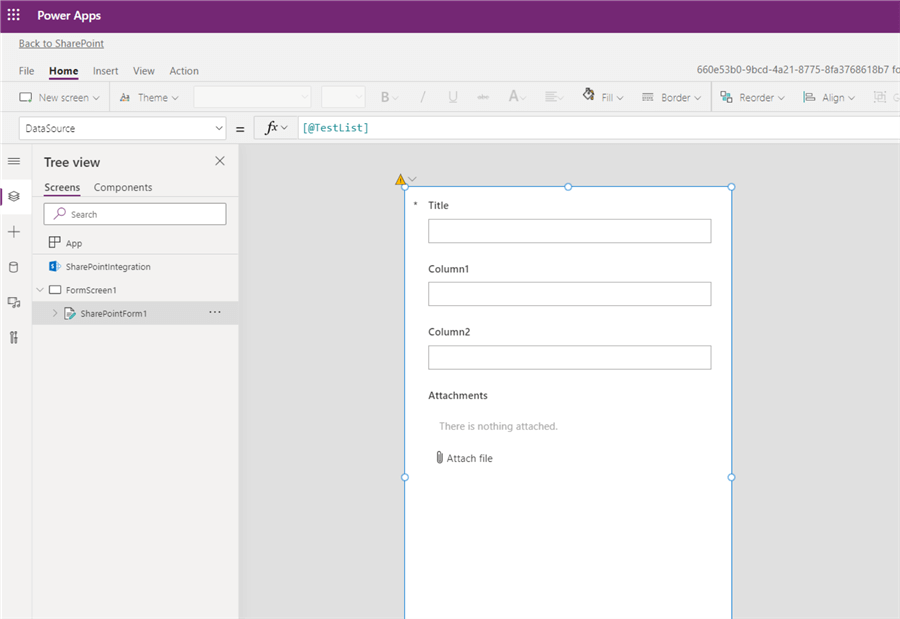
Canvas apps
Maybe the most popular type of apps and first choice for citizen developers. Canvas apps are built from scratch using the Power Apps studio with its many readily available controls and input objects:
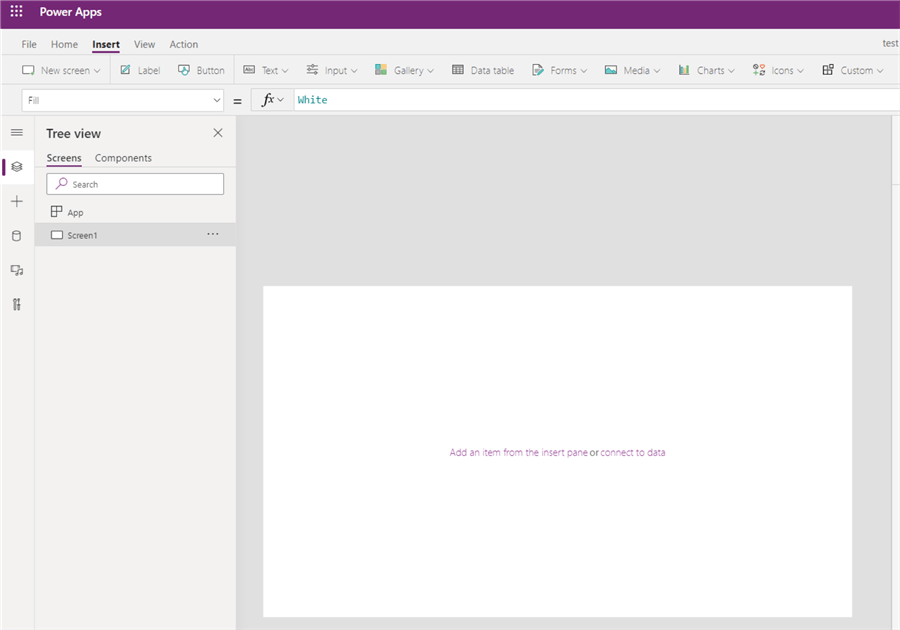
By nature, an app can be designed either in tablet or cellphone mode. Unfortunately, you cannot have both but you can build your app with responsive design so it will work equally well on any device, including when embedded on a SharePoint Online page. Stay tuned for a special tip on how to build such an app.
Model-driven apps
This next type of apps is supposed to be based on your business data residing in Dataverse. Using your entities (tables) you build and design forms and process that you package in a model-driven app. "Model" refers to the common data model, the core concept of Dynamics 365 and the Power Platform which provides a set of standardized and extensible data schemas.
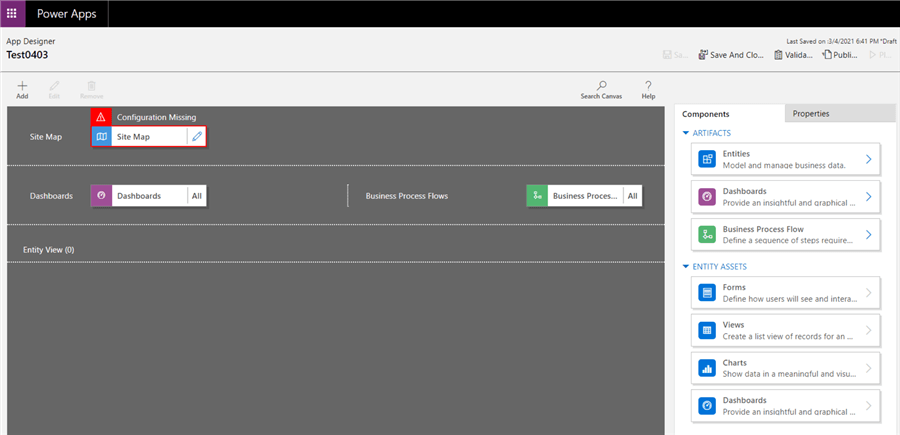
Portals
This last type of Power Apps targets whoever wants to design, build and launch a customer-facing website. The audience typically would be external to your company users, e.g. customers or vendors. Here Power Apps gives you a powerful editor to design and add content to your website.
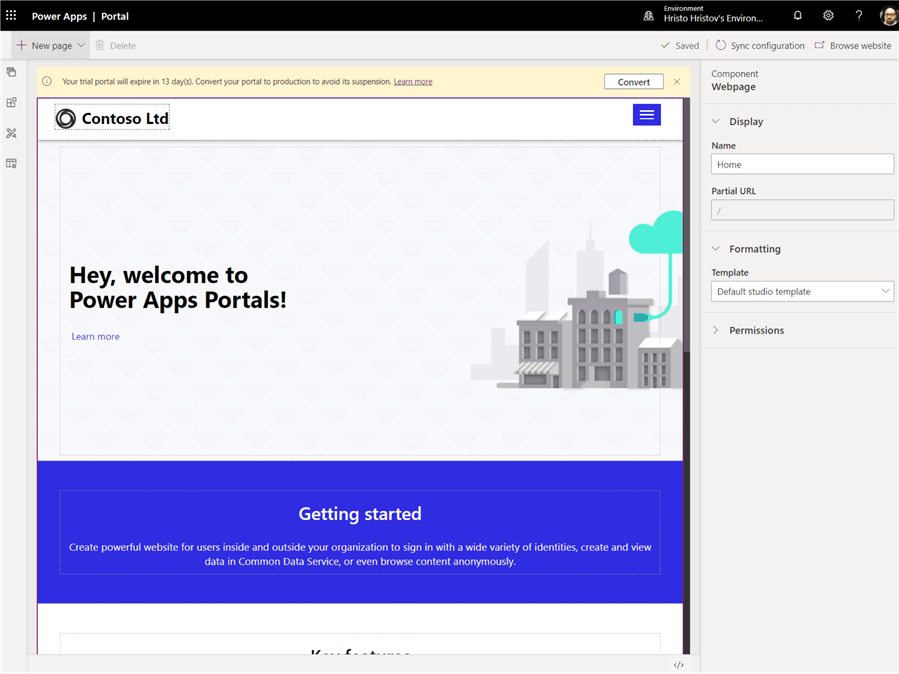
Licensing and cost
Finally – how much does it cost? If you have E1, E3 or E5 O365 license, then Power Apps is already available by default and included in the price. Depending on the O365 rollout and governance plan in your company, it may have to be activated. If that is the case, then reach out to your tenant administrator. If you want to use the SQL or Dataverse connectors, it must be noted that they require a per-app or per-user license which you must pay for additionally. These licenses start from $10. If you plan to work with SQL or Dataverse in an app all developers and users must have one such license. Make sure to check the links in Next Steps for further information.
Next Steps
About the author
 Hristo Hristov is a Data Scientist and Power Platform engineer with more than 12 years of experience. Between 2009 and 2016 he was a web engineering consultant working on projects for local and international clients. Since 2017, he has been working for Atlas Copco Airpower in Flanders, Belgium where he has tackled successfully multiple end-to-end digital transformation challenges. His focus is delivering advanced solutions in the analytics domain with predominantly Azure cloud technologies and Python. Hristo's real passion is predictive analytics and statistical analysis. He holds a masters degree in Data Science and multiple Microsoft certifications covering SQL Server, Power BI, Azure Data Factory and related technologies.
Hristo Hristov is a Data Scientist and Power Platform engineer with more than 12 years of experience. Between 2009 and 2016 he was a web engineering consultant working on projects for local and international clients. Since 2017, he has been working for Atlas Copco Airpower in Flanders, Belgium where he has tackled successfully multiple end-to-end digital transformation challenges. His focus is delivering advanced solutions in the analytics domain with predominantly Azure cloud technologies and Python. Hristo's real passion is predictive analytics and statistical analysis. He holds a masters degree in Data Science and multiple Microsoft certifications covering SQL Server, Power BI, Azure Data Factory and related technologies.This author pledges the content of this article is based on professional experience and not AI generated.
View all my tips






